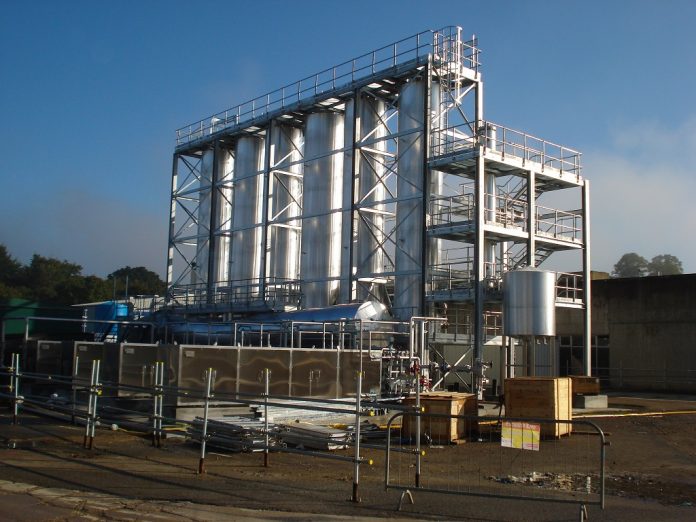We may be in a period of witnessing the development of renewable energies but some of them, such as solar energy or wind power, have one serious flaw: they only produce electricity intermittently. On the other hand, biogas recovered from wastewater treatment can deliver a permanent and continuous source of energy which is why everyone is paying more and more attention to this alternative.
Converting wastewater treatment systems from energy consumers to energy producers inevitably leads to an evaluation of the potential of biosolids. Veolia Water Technologies Inc. CEO, Klaus Andersen, said: ”Biosolids represent the largest energy resource available within a wastewater treatment plant and are viewed more and more as a valuable resource to capitalise on rather than a waste that needs to be discarded.”
Biosolids need to be optimised to take full advantage of their renewable energy properties. Enhancement of biogas yields are generally achieved from the application of a pretreatment process, the most effective being thermal hydrolysis.
Thermal hydrolysis is the engineered application of temperature and pressure to more effectively break down sludge. Veolia used this principle and combined thermal hydrolysis with anaerobic digestion to design BioThelys™, a complete sludge reduction solution which offers better performance than conventional digestion: sludge treatment is optimised, producing 30 to 60 percent more biogas, a 25 to 35 percent increase in volatile solids reduction, and an improvement in dewatered cake solids that results in reduced disposal costs. Thermal hydrolysis also destroys any pathogenic germs, meeting Class A requirements.
How does BioThelys™ work?
BioThelys is a batch thermal hydrolysis system. This process is based on the use of reaction vessels that hold biosolids at a constant temperature for the time required for Class A. The reactors operate in a precisely controlled sequence. After each treatment cycle, fully hydrolysed biosolids are drained, cooled, and then sent to digestion. Each tank thus operates as a batch reactor but the complete system, aided also by the use of a buffer tank, enables a continuous feed to the digesters.
Veolia has now optimised the BioThelys system to be entirely modularised, making it an extremely compact, completely pre-fabricated, pre-wired, pre-piped and easily erectable system so that on-site construction is minimised.
Despite being modular, BioThelys is still fully customisable to the client’s needs. Process equipment is sized to fit site-specific requirements. BioThelys thus provides a plug-and-play system specifically tailored to a client’s demands.

The Veolia Advantage
As world leader in water, wastewater and biosolids treatment, Veolia has the expertise and technologies to evaluate and address the wastewater plant as a whole, including physical/chemical treatment, biological treatment, separation and dewatering, filtration, digestion, sidestream treatment, resource recovery, polymer optimisation, biogas treatment and utilisation, and other systems that are not isolated from thermal hydrolysis, but work in concert with it. By taking the larger view of the client’s needs, Veolia is able to effectively provide a total solution that can transform the wastewater treatment plant into a resource recovery tool to serve the circular economy.
Veolia’s Klaus Andersen concluded: ”We are seeing more and more self-sufficient wastewater treatment plants starting-up all around the world. With the optimisation of technologies and associated services in the years to come, this trend will only accelerate and hopefully become the new normal.”









